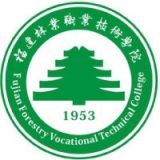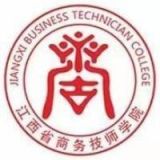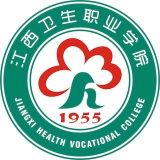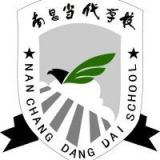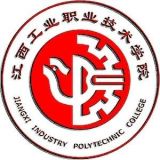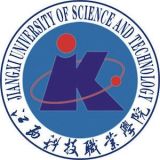您在课堂上如何评估学生的学习进度?
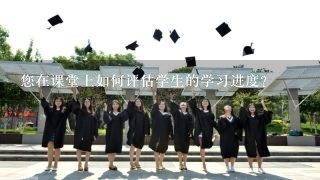
Answer:
Assessment Strategies in the Classroom
1. Formative Assessment:
- Exit tickets: Students respond to a question or problem on a piece of paper or whiteboard before leaving class.
- Quick quizzes: Short, impromptu assessments used throughout the lesson to gauge understanding.
- Observations: Teacher observes student behavior and participation to identify areas where they need additional support.
- Peer assessments: Students evaluate each other's work and provide feedback.
2. Summative Assessment:
- Tests: Administered at the end of a unit or course to measure knowledge gained.
- Projects: Students create a product or presentation related to the learning objectives.
- Presentations: Students share their understanding of a topic in a clear and engaging manner.
- Portfolios: Students collect and display their work throughout the learning process.
3. Differentiated Assessment:
- Multiple-choice tests: Provide options for students with different learning styles.
- Alternative assessments: Offer modified versions of assessments for students with disabilities.
- Choice boards: Allow students to choose the level of challenge they want to work at.
- Peer tutoring: Students provide support and guidance to peers.
4. Ongoing Assessment:
- Student self-assessment: Students reflect on their own learning and set goals for improvement.
- Teacher observations: Teacher provides feedback and identifies areas for growth.
- Student discussions: Encourage students to share their thoughts and ideas.
5. Technology Integration:
- Online quizzes: Students take quizzes online at their own pace.
- Interactive simulations: Students engage in simulations to learn and apply concepts.
- Virtual presentations: Students present on a topic of their choice.
6. Continuous Feedback:
- Regular communication: Teachers provide feedback to students on their progress and areas for improvement.
- Student conferences: Students meet with teachers to discuss their learning and goals.
-
Student self-assessment: Students reflect on their own progress and set new goals.





























































